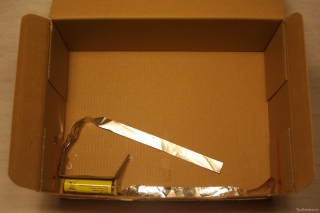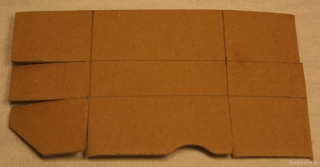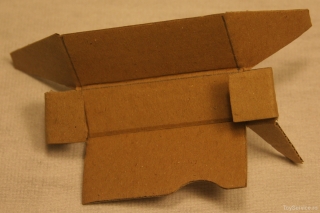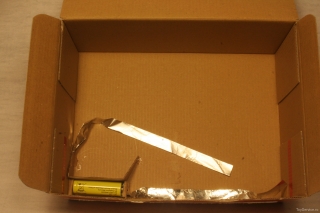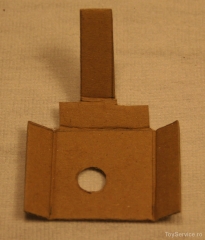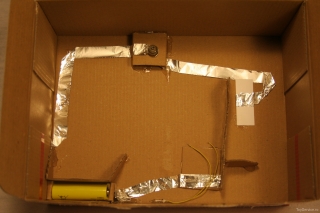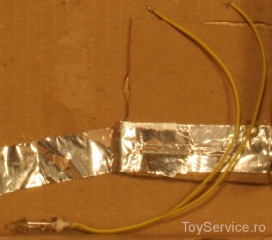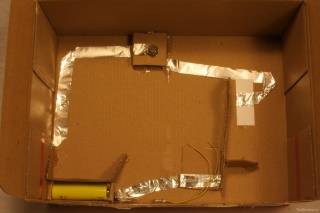For all those who have kids in school, their homework and especially DIY projects can be either a real ordeal or an opportunity to have fun with the juniors. No matter if we want to watch a game or get more involved in politics, at the end of the day, after we’ve passed our DNA on, we can also see whether we managed to transmit some know-how along…
The initial homework
When the task says “Do (with your parents) a project on electricity…”, there’s a large variety of options and, from the educator’s point of view, it’s more relevant than a still life.(*). The details that may emerge are like an X-ray photograph of the child’s imagination and his family background. But these are details that do not concern this project, so I’d better go back to being an engineer… .
Working hypothesis
For the aspiring inventor hidden in each child, such a project is like a gold mine… From nuclear power to remote controlled airplanes, all options are open to the small inventors. One must be extremely tactful to remove from the list giant robots, spiders with lasers, and even the omnipresent perpetuum mobile!
Resources and limitations
Despite the fact that the current project had resources for something more flamboyant, and that the child in question had the ability to understand, we lobbied for a very simple project, but -we say- relevant to the spirit of the theme: we tried to use the most common household resources so there would be no need to go to any DIY or hardware store.
The materials we used were cardboard, cardboard box, aluminum (food) foil, a battery, some lights from broken toys, and glue.
The chosen project: a simple electric circuit, done under DIY conditions, with a battery, a bulb and a switch.
Development
Being a project involving a child, we planned a 20-minute time limit (although with all the associated fun playing, it did take more than an hour). So we skipped over designing and drawing and went directly to “manufacturing”. The first item was the battery holder, drawn on cardboard and cut quickly, then assembled with glue in the box of the “prototype”. Here, we paid extra attention to size and elasticity to keep the battery in its abode and its contacts firmly stuck together.
The connecting wires were made of food foil, and if we remember correctly, not even in multiple layers (layers were doubled only at connection points). I think we measured the electrical resistance too, but no written notes were left, so I promise to come back next time with more scientific details… .
The next difficult part was the bulb socket, which we carefully anchored due to longitudinal forces that the bulb produced when being screwed. More glue is the answer to any structural problem… .
The switch was more simple, but being a moving piece, we ensured both the flexibility of the electrical connections and the anchoring of fixed pole, and also the pressure (down-force) of the arm (movable contact) for a good electrical contact.
In addition to the properly assembled prototype, you can also see the little kid’s hand as he photographed himself (probably as we were too deep into design problems, i.e. we were bickering on one aspect or another that were insignificant anyway…).
Final results
Despite the specific mess two grown-ups do when working and boss-ing together(**), we managed to assemble a working prototype, to our great astonishment, without scrap-ing anything (-Murphy, were you asleep?), and even before bedtime, to the great disappointment of the little one, who obviously hoped to be allowed to stay up longer… (Does this ring a bell by any chance ?…)
We even managed to squeeze in a lesson about troubleshooting with a meter (the bulb with yellow wires in the image) so that the kid learned more than he expected …
Follow-up
As an initial project (hopefully more to follow), its myriad of trails and directions of development is quite obvious. Without being exhaustive or claiming to have pointed out all significant milestones, we only mention just the switch change into commutator, the integration of some sensors and decision circuit elements into the scheme, or even that of an active element (transistor).
Observations
Without false modesty, we were quite pleased with ourselves, we sent him to school with one well done project and we also enjoyed out pints on that evening, especially on the second night, when he told us how his project was received at school.
If you want to argue with us for getting involved in family life, we’re so waiting for your comments …
All images available:
———————-
(*) I apologize to apples, melons, grapes and other models for my obviously prejudiced chauvinistic opinion…
(**) Polycephaly/bicephaly = two headed management – Even though this may suggest we’re adepts of the strong hand/one person leadership – even royalists – all this is about is an engineering concept, of Project Management, that has to be considered as such!

